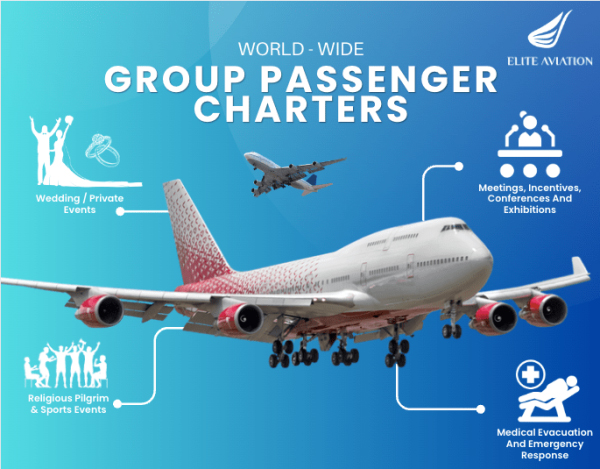All airline fleets evolve and change over the years, and Emirates is no exception. The airline has plans to introduce several new widebody aircraft to its fleet over the coming years. This is more significant than usual, though, as it will move Emirates away from its current large fleets of just A380 and 777s. It will however still remain a joint Boeing And Airbus operator.

Emirates fleet of 777 and A380s
Emirates is well known today for its all widebody fleet of just Boeing 777s and Airbus A380 aircraft. It, in fact, the largest operator globally of each type. It has made this work well and stands out especially for its success with a large A380 fleet. Many other airlines have struggled with smaller fleets, but Emirates has truly embraced the hub operating model for which the A380 was intended.
It was not always like this, however. Emirates has operated several aircraft types over the years (including the A300, A310, A330, A340, Boeing 727, and even one 737). It only retired its last A340 in 2016.

Changes coming to the fleet
Over the coming decades, Emirates will return to a more mixed operating fleet. It plans to add the A350, A330neo, and Boeing 777X, and 787.
This will be a gradual introduction, and the A380s and 777s will not disappear immediately. The 777s, though, are aging, with the 777-200s averaging over 12 years old and the first 777-3000s arriving from 2005 (although the average age of the fleet is 8.3 years, according to Airfleets.net, so this is plenty of life left).
Its A380 aircraft are different. They are not as old (with an. average age of just over six years) but are, of course, much bigger. They have suffered the most in the slowdown seen since 2020, with the whole fleet grounded at one point. As of early 2021, 18 of the fleet of 117 are active, but it plans to return the entire fleet to service by 2022.
And Emirates remains committed to the A380. With such a large fleet and more on order, it doesn’t really have a choice. In July 2020, Emirates indicated that the aircraft would stay in service for at least the next decade. CEO Tim Clark may have commented that the A380 is now over, but it won’t leave its fleet anytime soon.

Ordering the 777X and 787
In 2013, Emirates announced a significant order for 150 Boeing 777X aircraft valued at $76 billion. This order was made up of 35 777-8 and 115 777-9 aircraft and is by far the largest order for the type (Qatar Airways is next with 60 aircraft).

The 777X order has been revised since and changed to a mixed 777X and 787 order in 2019. This followed delays in the 777X program, mainly due to issues with the GE9X engines (there have since been more delays), and saw 30 777Xs switched to 787-9s.
The 787 still makes sense for Emirates During the signing, Emirates CEO Shiekh Ahmed bin Saeed Al Maktoum said;
“I am pleased to announce firm order for 30 Boeing Dreamliners. This is an important investment and addition to our future fleet, and it reflects Emirates’ continued efforts to provide the best quality air transport services to our customers. The 787s will complement our fleet mix by expanding our operational flexibility in terms of capacity, range, and deployment. We are also pleased to reaffirm our commitment to the Boeing 777X programme and look forward to its entry into service.”

With continued delays, Emirates is now not expecting its first 777X aircraft until 2023, and possibly into 2024. CEO Tim Clark has expressed frustration with the delays in the past, but with the continued slowdown, it may not be that bad for the airline. They will be needed eventually to replace retiring aircraft, though, and further delays could impact this.
Adding new Airbus aircraft
The Airbus order came from a swap from A380 orders in 2019. Emirates cut its A380 order to take 40 A330neo (A330-900) and 30 A350-900 aircraft instead. It has since increased the A350 order to 50.

At the time, this marked a huge change in fleet strategy for the airline, moving away from the supersize A380 to a certain extent. As a much smaller widebody, the A330neo would help serve smaller airports and lower capacity routes regional routes.
The A330neo was originally intended to join the fleet from late 2021. There has been some uncertainty whether the order will remain (with perhaps the 787 taking its role). This has not yet been confirmed.
The A350 will (like the 777X and 787) join the long haul fleet and replace A380s and 777s as they age. And it will maintain Emirates’ position as a split Boeing and Airbus operator. It is due to start entering the fleet from 2024.

Would you like to share any thoughts on Emirates fleet plans? It is a difficult time to think about fleet expansion, but do you think the airline will stick with its large Boeing and Airbus orders? Let us know your thoughts in the comments.
[ad_2]
Source link


